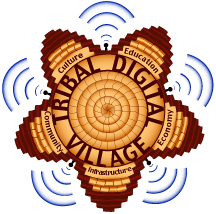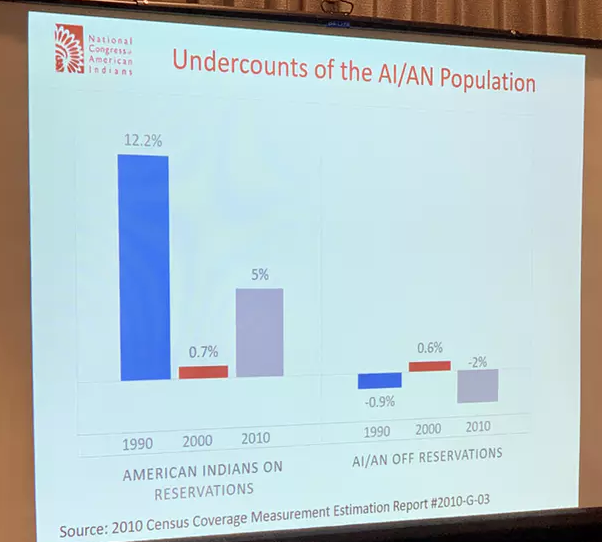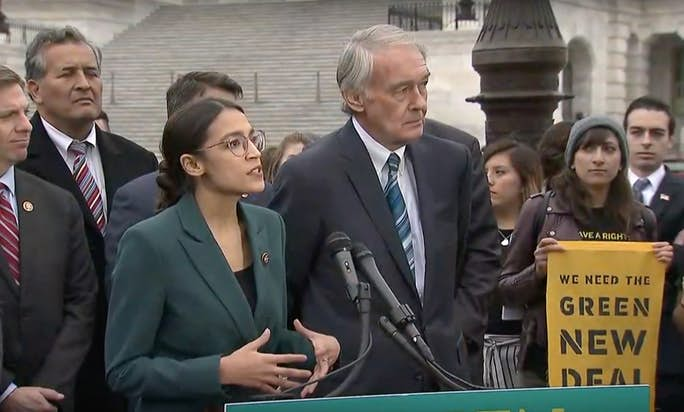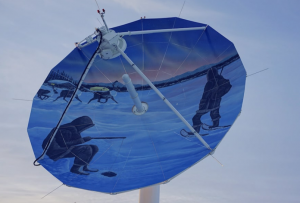Why Should Native Americans Vote? Protecting Sacred Sites Is One Answer
Native Americans often feel unwelcome from voting by official registrants. The National hearings, document challenges and voter suppression stories of #NativeVote18
PUEBLO OF ISLETA— Why should Native Americans vote? Linda Yardley from Taos Pueblo had one answer at a field hearing of the Native American Voting Rights Coalition Friday.
She said Taos Pueblo fought for more than a century to have the United States return its sacred Blue Lake. The land had been taken by the U.S. Forest Service in 1906 and a former U.S. Secretary of Agriculture (and therefore head of the Forest Service,) Clinton P. Anderson, was by the late 1960s a U.S. Senator from New Mexico. The Pueblo eventually won, when President Richard Nixon agreed to return Blue Lake.
But Anderson never changed his position. “He told our tribal leaders: ‘I’ll be dead before you ever get your land back.’ And that was our U.S. Senator,” Yardley testified. “If our people had been voters, registered voters, Clinton Anderson probably would not have had the ability to say that. This is why it’s so important for me personally because I don’t want our people to go through the hardship that we did to secure our tribal lands, our sacred lands, back to us.”
The Native American Voting Rights Coalition has been holding hearings across the country since last September to document the unique needs and challenges faced by Native voters. The coalition said witnesses include a wide range of tribal leaders, advocates, and voters. They are sharing their experiences with voter registration and voting in federal, state, and local (non-tribal) elections.
Issues being identified in the hearings include access to voter registration and voting sites, early voting, poll worker opportunities, treatment at the polls, voter identification requirements, redistricting, language barriers, and other obstacles that might prevent Native Americans from being able to participate fully and effectively in the political process.
In earlier hearings, testimony from tribal members, elected officials, and community advocates, documented persistent suppression of the Native vote in North Dakota, South Dakota, Wyoming, and Montana. This included a number of barriers to equal voting rights including “unreasonably long distances to polls and inability to access transportation keep Natives from voting.”
Jacqueline De León, Voting Rights Fellow for the Native American Rights Fund said in a news release, “Tribal members should not have to expend precious resources getting to distant polls all the while doubting whether or not they will be allowed to vote. I was shocked by the wide range of arbitrary and unreasonable requirements that make Native Americans feel unwelcome or keep them from voting altogether. This is true voter suppression.”
The voting coalition said testimony from several hearings documented serious hurdles that Native voters had to face in order to vote:
Dismal conditions at reservation voting polling locations, one of which included a dirt floor chicken coop that did not have restrooms.
Restrictions on the number of voter registrations that one can submit to the county clerk’s office, requiring repeated trips to the office.
County employees chastising organizers submitting voter registrations for being a “nuisance” and “making more work” for the county office by submitting Native American registrations.
Notifications sent to reservation residents that incorrectly informed them they are no longer residing in the district where they had registered and failing to identify the correct district.
Being turned away at the polls because a tribal identification card did not include a street address.
Poll workers who fell silent whenever a Native American entered the polling location.
At the Albuquerque hearing, Laurie Weahkee, executive director of the New Mexico-based Native American Voters Alliance, said the efforts to register voters began in the early 1990s to try and protect sacred sites. “At the time a lot of us were young organizers and never voted before and sort of thumbed our noses at politics and politicians … but as we remained in our effort to protect petroglyphs we found ourselves losing votes after votes. City council votes, public information type votes, and so it became important for us to figure out which candidates, which people were going to really support Native American people. This went beyond sacred sites.”
Weahkee said the alliance was spending a lot of time in the state legislature and paid attention to issues such as taxes, bonds, and roads. And Native American projects were rarely included in that process. So the alliance worked to register 5,000 Native American voters in Albuquerque in 2007. Weahkee is Zuni, Cochiti and Navajo.
Deb Haaland, Laguna Pueblo, is now running for the U.S. Congress to represent Albuquerque, but has worked on voting rights issues in the state for many years. “I come at this issue as a grassroots organizer,” she said. “I felt like we needed more Native Americans voting so I went to the campaign offices of candidates I liked and asked for Native American lists so I could start calling those folks on the phone. That eventually turned into on the ground, show up, and canvas every single house on Laguna Pueblo in 2010, and drive many, many times to Zuni Pueblo to knock on every door and make sure that every opportunity to vote.”
Haaland recalled a Saturday morning visit to a home in San Felipe Pueblo in 2008 where she registered seven people to vote. She said the last person to register was a man, probably in his mid 50s, “stood up, shook my hand, and said, ‘thank you so much, I have always wanted to vote but I never knew how.’ If that does make you feel like we have a lot of work to do in New Mexico, I don’t know what will.”
The Native American Voting Rights Coalition is a non-partisan alliance of national and grassroots organizations, scholars, and activists advocating for equal access for Native Americans to the political process. The Native American Rights Fund founded the coalition in 2015. Hearings will continue next month in Sacramento on April 5 and in Tuba City in the Navajo Nation on April 25. The Native American Rights Fund will accept testimony from those who cannot make the hearings by email at vote@narf.org.
Mark Trahant is editor of Indian Country Today. He is a member of the Shoshone-Bannock Tribes. Follow him on Twitter.





Comments are closed here.